10 Things You Can Do To Save Forests
- September 13, 2024
- 0 comment
Forests are vital to our planet’s health, offering essential benefits such as carbon storage, biodiversity support, and water regulation. Unfortunately, they face significant threats from deforestation, climate change, and unsustainable practices. However, there are numerous ways individuals can contribute to forest conservation and make a real difference.
What Is Forests?
Forests are vast, complex ecosystems characterized by a dense collection of trees, shrubs, and other vegetation. They play a critical role in maintaining global ecological balance by providing habitat for a diverse array of wildlife, regulating climate, and supporting the water cycle. Forests can be found in various forms, including tropical rainforests, temperate forests, and boreal forests, each with its unique flora and fauna. These ecosystems are essential for biodiversity, as they shelter a significant portion of the world’s terrestrial species.
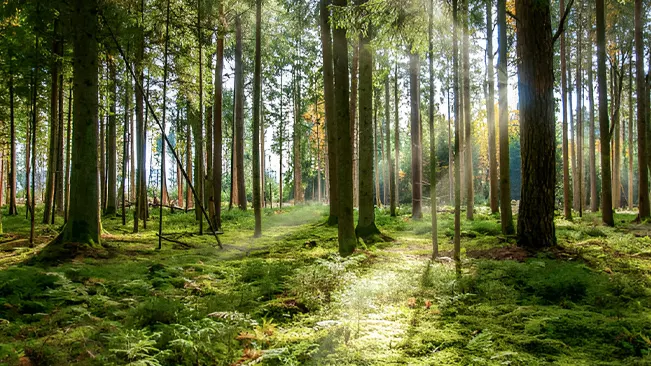
Beyond their ecological importance, forests offer numerous benefits to human societies. They act as carbon sinks, absorbing carbon dioxide from the atmosphere and helping mitigate climate change. Forests also provide resources such as timber, fuel, and non-timber products, and they contribute to livelihoods and cultural values for many communities. Additionally, they play a vital role in soil conservation and water purification, underscoring their importance for environmental health and human well-being.
Here Are 10 Things You Can Do To Save and Protect Forests
1. Reduce, Reuse, Recycle
Reducing consumption, reusing products, and recycling materials are crucial steps in minimizing the demand for new resources, many of which come from forested areas. By cutting down on unnecessary purchases and opting for reusable items, we directly decrease the pressure on forests to provide raw materials. For example, using reusable shopping bags and water bottles instead of single-use plastics helps reduce the overall demand for new materials, which often leads to deforestation.

Recycling plays a significant role as well. By recycling paper, cardboard, and other materials, we reduce the need for virgin wood pulp, thereby conserving forests. Recycling not only minimizes waste but also lowers the demand for new products, which can help mitigate deforestation. Each small action, like separating recyclables at home, contributes to a larger effort in forest conservation.
2. Use Recycled Paper Products
Opting for recycled paper products is a simple yet impactful way to protect forests. Recycled paper reduces the need for virgin wood pulp, which in turn decreases the demand for logging in forests. By choosing recycled paper for printing, packaging, and other uses, consumers can help lower the pressure on forests and encourage the recycling industry.

Moreover, the production of recycled paper generally has a lower environmental impact compared to virgin paper. It uses less energy and water, and generates fewer pollutants. By supporting products made from recycled materials, individuals contribute to a more sustainable paper industry, which helps preserve forest ecosystems.
3. Choose FSC Certified Products
The Forest Stewardship Council (FSC) provides certification for products sourced from sustainably managed forests. FSC certification ensures that the wood and paper products you purchase come from forests that are responsibly managed, preserving their ecological value and biodiversity. By choosing FSC-certified products, you support practices that maintain forest health and prevent illegal logging.
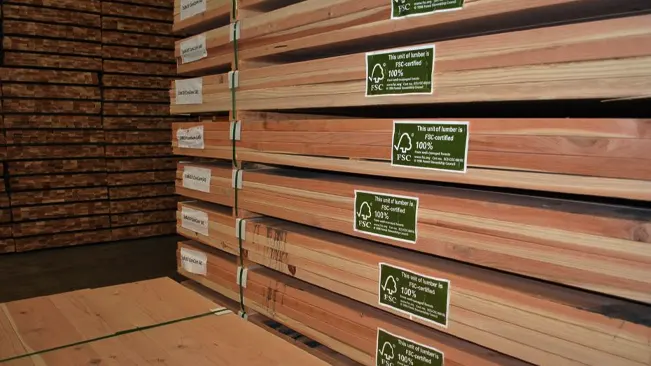
FSC certification also helps promote better working conditions for forest workers and supports local communities. Purchasing these products sends a strong message to companies about the importance of sustainable forestry, encouraging them to adopt practices that safeguard forest ecosystems for future generations.
4. Plant a Tree
Planting trees is a proactive way to contribute to forest restoration and combat deforestation. Trees play a vital role in absorbing carbon dioxide, improving air quality, and providing habitat for wildlife. Participating in tree-planting initiatives or planting trees in your own backyard can help replenish depleted forests and restore ecosystems.
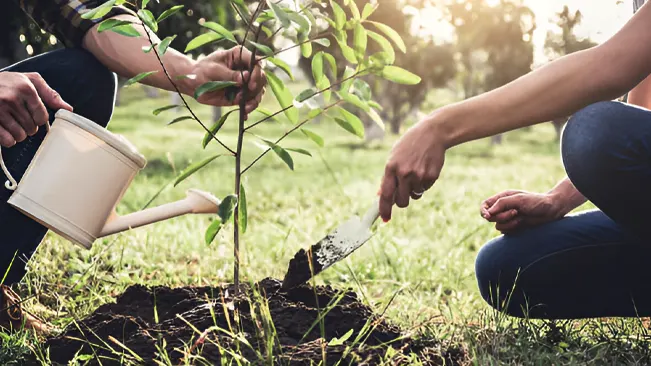
Numerous organizations focus on reforestation efforts, and getting involved with them can magnify your impact. Whether through community events, donation-based tree planting programs, or local green initiatives, every tree planted contributes to the larger goal of forest conservation and helps combat climate change.
5. Support Conservation Organizations
Supporting conservation organizations is an effective way to contribute to global forest protection efforts. Groups like the World Wildlife Fund, the Nature Conservancy, and the Rainforest Alliance work tirelessly to preserve forests and their biodiversity through various initiatives, including advocacy, fieldwork, and community outreach. Donations and volunteering can significantly bolster their efforts.

These organizations also engage in crucial activities such as lobbying for stronger environmental policies, conducting scientific research, and promoting sustainable practices. By supporting them, you help fund projects and campaigns that make a tangible difference in forest conservation and environmental sustainability.
6. Support Sustainable Forestry Practices
Sustainable forestry practices ensure that forests are managed in ways that balance ecological, social, and economic needs. Supporting these practices means advocating for methods that protect forest ecosystems, maintain biodiversity, and ensure that resources are available for future generations. Examples include selective logging, which minimizes damage to the forest floor, and agroforestry, which integrates trees into agricultural systems.
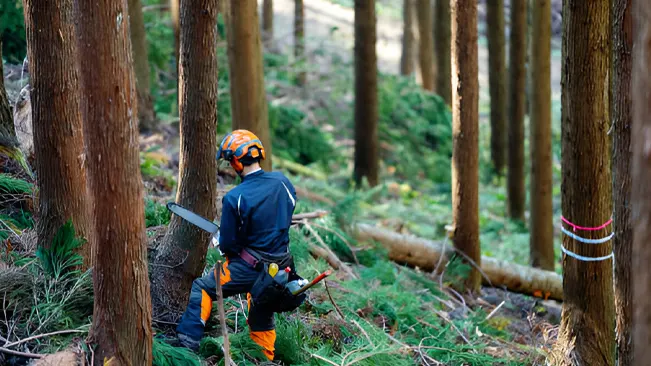
By supporting companies and organizations that adhere to sustainable forestry practices, you contribute to the responsible management of forest resources. This helps mitigate the negative impacts of logging and encourages practices that promote long-term forest health and resilience.
7. Choose Eco-Friendly Products
When making purchases, opting for eco-friendly products can have a significant impact on forest conservation. Eco-friendly products are designed to minimize environmental harm, often using sustainable materials, reducing waste, or incorporating recycling. Choosing products with minimal packaging or those made from recycled or biodegradable materials helps reduce the demand for raw materials from forests.

Additionally, eco-friendly products often come from companies that are committed to sustainability and environmental stewardship. Supporting these companies not only helps reduce forest depletion but also promotes a market for environmentally responsible products.
8. Practice Responsible Tourism
Responsible tourism helps protect forest ecosystems and wildlife when visiting natural areas. This involves following established guidelines for interacting with protected environments, such as sticking to marked trails, avoiding the disturbance of wildlife, and minimizing waste. Responsible tourism also includes supporting local communities and conservation efforts.
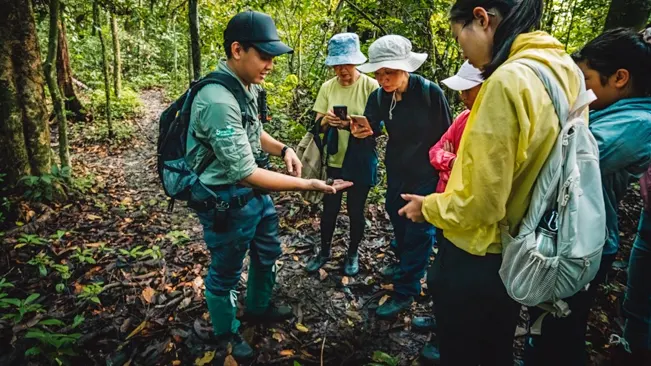
When traveling to forested regions, being mindful of your impact can help preserve these environments for future visitors and ensure that tourism does not contribute to deforestation or habitat destruction. By adopting eco-friendly travel practices, you contribute to the sustainable management of natural areas.
9. Educate Others
Education plays a crucial role in forest conservation. By sharing information about the importance of forests and ways to protect them, you can inspire others to take action. This might involve organizing community workshops, giving presentations, or using social media to raise awareness about forest conservation issues.

Encouraging friends, family, and colleagues to learn more about forest protection can create a ripple effect, leading to increased collective efforts. Education helps build a broader understanding of environmental issues and promotes a culture of conservation.
10. Take Action
Advocating for stronger forest protection laws and regulations is essential for long-term conservation. Writing to elected officials, signing petitions, and participating in protests are effective ways to demand policy changes that safeguard forests. Public pressure and collective action can influence policymakers and lead to the implementation of stronger environmental protections.
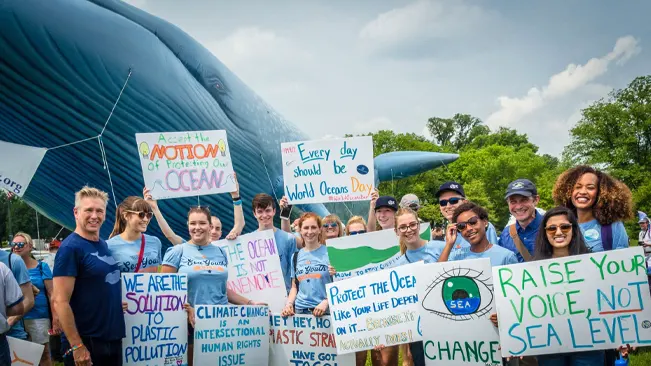
Engaging in advocacy also involves supporting organizations that work on policy and legislative issues related to forest conservation. By participating in these efforts, you help ensure that forest protection remains a priority at local, national, and global levels.
Conclusion
In conclusion, protecting and preserving forests is crucial for maintaining our planet’s ecological balance and ensuring a sustainable future. The actions we take whether reducing paper usage, supporting sustainable forestry practices, or advocating for stronger environmental policies can collectively make a significant impact. By making conscious choices and actively participating in conservation efforts, we contribute to the health of our forests and the well-being of all species that depend on them. Every effort, big or small, plays a role in safeguarding these vital ecosystems for future generations. Let’s commit to these ten practical steps and work together to ensure our forests thrive.
FAQs
- Why are forests important?
Forests are essential for a healthy planet as they provide habitat for a vast array of wildlife, help regulate the climate by absorbing carbon dioxide, and support the water cycle. They also offer resources like timber and fuel, contribute to soil conservation, and provide cultural and recreational value to many communities. - How does reducing paper usage help forests?
Reducing paper usage decreases the demand for virgin wood pulp, which can lead to deforestation. By using less paper, recycling more, and opting for digital alternatives, you help lower the pressure on forests to provide raw materials, contributing to their preservation. - What is FSC certification and why is it important?
The Forest Stewardship Council (FSC) certification ensures that wood and paper products come from sustainably managed forests. FSC-certified products are produced with respect for environmental, social, and economic standards, helping to protect forests and support responsible forest management. - How can I get involved in tree planting efforts?
You can participate in tree planting by joining local or national reforestation organizations, attending community tree-planting events, or starting your own planting initiatives. Many organizations offer opportunities to volunteer or donate to support tree planting efforts. - What are some effective ways to support forest conservation organizations?
Support forest conservation organizations by making donations, volunteering your time, or spreading awareness about their work. Organizations like the World Wildlife Fund and the Rainforest Alliance rely on public support to fund their conservation projects and advocacy efforts. - How can supporting sustainable forestry practices make a difference?
Supporting sustainable forestry practices ensures that forests are managed in ways that balance environmental, social, and economic needs. These practices help preserve forest ecosystems, reduce deforestation, and promote the long-term health of forests. - What are eco-friendly products and why should I choose them?
Eco-friendly products are designed to minimize environmental impact through sustainable production methods and materials. Choosing eco-friendly products helps reduce waste, conserve resources, and support environmentally responsible companies. - What does responsible tourism involve when visiting forests?
Responsible tourism means visiting forested areas in ways that protect and preserve these environments. This includes following guidelines, respecting wildlife, minimizing waste, and supporting local conservation efforts to ensure that tourism does not harm the forest ecosystems. - How can I educate others about the importance of forests?
You can educate others by sharing information through social media, organizing community events, or giving presentations on forest conservation. Engaging discussions and raising awareness can inspire others to take action and support forest protection efforts. - What actions can I take to advocate for stronger forest protection laws?
Advocate for forest protection by writing to your elected officials, signing petitions, and participating in public demonstrations. Supporting policies that prioritize forest conservation and joining advocacy groups can help drive legislative changes and enhance forest protection efforts.

Joel Cunningham
Forestry AuthorI'm Joel Cunningham, an expert in pruning and weed management with over a decade of experience. My skills are rooted in formal training and extensive practice, focusing on advanced pruning techniques and efficient weed control. I'm known for my quality work, precision, and deep understanding of plant health and soil dynamics. My contributions extend to educational initiatives where I share sustainable practices and advice, establishing myself as a reliable and authoritative figure in the gardening community.

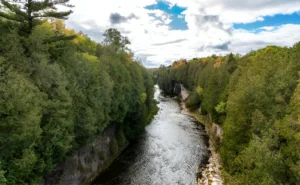


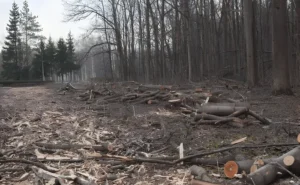
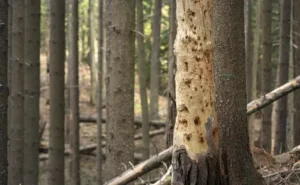

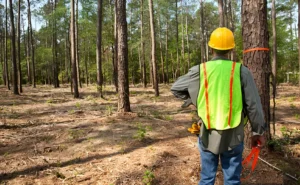
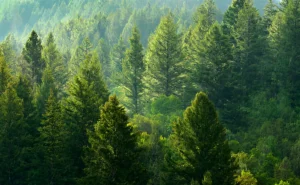

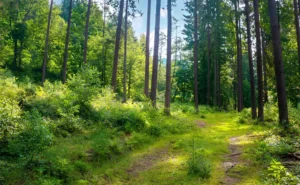
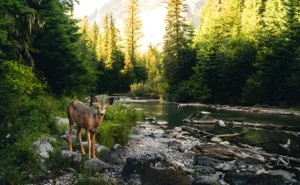
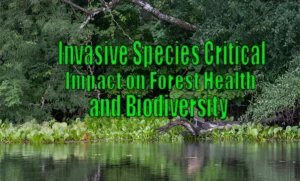
Leave your comment